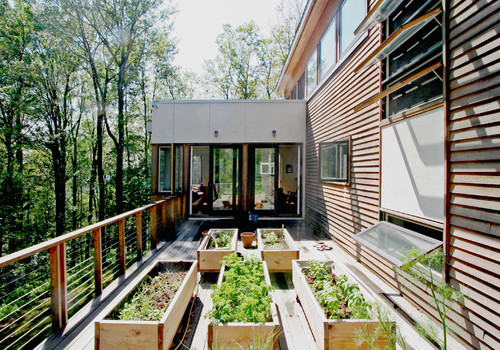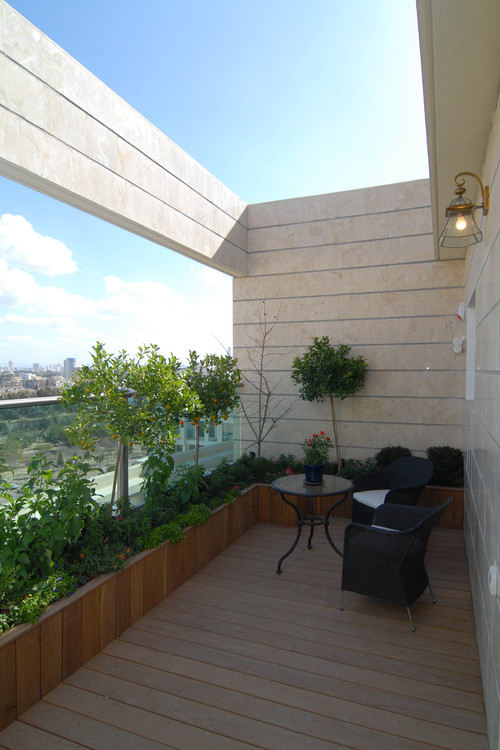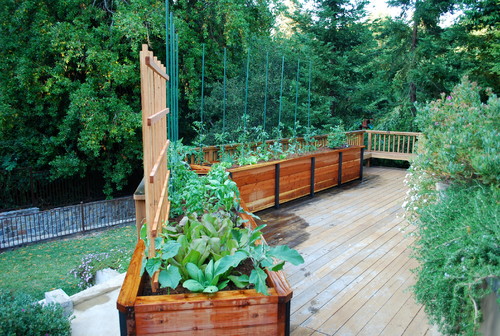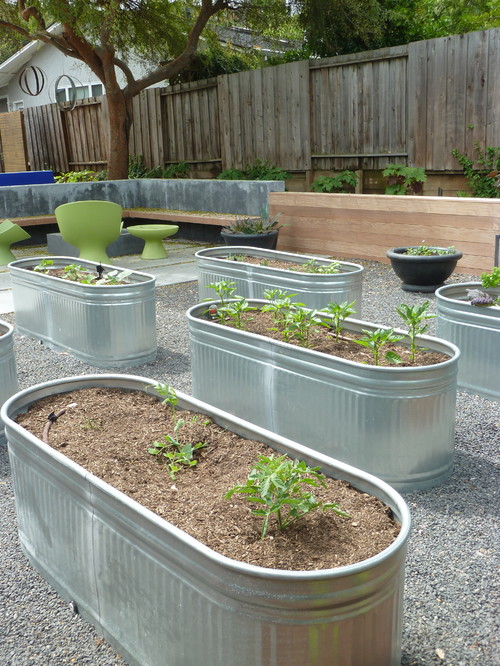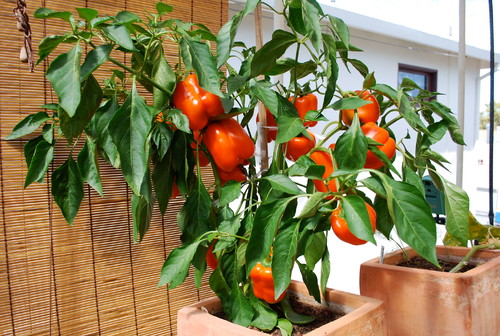The Quiet Charms of a Sleepy Napa Valley Idyll
Set on a sloping site overlooking the fragrant vineyards of the Napa Valley in California is the Whitehall Lane home from Dowling Studios.
The interior has the gentle sleepy quality of a Beatrix Potter illustration.
You can almost smell the sweet country smell of the ripening grapes in the nearby vineyards.
The afternoon sun warms a generous hallway that lays a broad path through the interior.
Each end of the wide hallway opens out to the wooded hillside beyond.
An unusually shaped volume creates a protected enclave behind the house, to bask in the gentle buzzy warmth of Sonoma afternoons.
Shade is very important for the Northern California region’s stupefyingly hot and still summer days.
This space overlooks a pool in a courtyard behind the main house.
Sharing that space, a 1,200 sq ft guest house faces the pool.
This guest house is beyond the main house in the back, creating a protected courtyard space.
The entirely cedar-clad exterior is both contemporary and comforting.
Typical of the design that is both minimal and comfortably civilized, the bedroom has a fire for cold evenings.
It warms stone hearth that extends around under the windows.
The calm, almost bland warmth of the interior is enhanced by the use of a very warm white throughout, offset by a wide plank walnut floor.
Even the very down to earth bathroom is gently bathed in warm sunshine from unusually large, generous windows.
The sense of silence throughout this very charming house is completely beguiling.

Befitting the super wide hallway, the front door is equally generous.
It is a welcoming and even a loving home, a rare architectural feat.
Casa Sisal Captures the Magic and Mystery of the Yucatan
Reyes Rios + Larrain Studio have sensitively recreated a guest house in the Yucatan Peninsula named after the agave plants that were once farmed on the property.
Casa Sisal is situated on a 200-square-meter plot of land enclosed by old masonry walls that date back to the 1800s.
The work of Architect Salvador Reyes Rios and Josefina Larrain Lagos now sets the standard for colonial remodeling and hacienda restoration in Mexico.
They are well known for their senstive conversions of former haciendas and colonial dwellings in Mexico to luxury hotels and private homes while engaging the tradition of outdoor Yucatan architecture.
The team has spent 15 years experimenting with a concrete building mixture formed of white cement and resins from local chukum trees, originally mastered by the Mayans.
The bedrooms are entirely molded in the traditional cementatious mixture, even including a generous platform creadling a sunken bed.
In fact the entire structure, inside and out, is now built with this ancient Mayan technique.
The studio is very hands-on, taking on not just concept, finished design and construction, but also all the detail of the interior finish.
The two bedrooms and bathrooms occupy either end of the structure, with shared communal public space in the center, blending old and new with grace and aplomb.
Cooling breezes ventilate these smaller rooms naturally by generous openings to the outdoors.
Glass sliding doors open up on both sides of a communal kitchen and living space in the center.
The open center maximizes ventilation during the summer heat.
Exterior stairs lead to a rooftop terrace for further cooling.
While being a contemporary pared-down eco-chic retreat, Casa Sisal also captures the magic and mystery of the ancient Maya.
Design Dilemma: Urban Vegetable Gardens
After a long, hard winter, it’s finally growing season! What will you be planting this year? If you live in a city environment, you may respond “nothing”. But just because you live in the heart of the city without a yard doesn’t mean you have to forgo the pleasures of fresh produce and herbs. With a little creativity, you can enjoy your own homegrown fruits and vegetables, just like your friends living out on a farm. We’ve run across a few really good set-ups for vegetable growing.
Do you only have a balcony?
In the photos above and below, we see two great examples of balconies put to use to grow produce. Above, a sunny roof deck is the perfect place to erect a series of raised beds for vegetables. Below, a Tel Aviv balcony allows for just enough space for a planter which can accommodate orange trees and a few other fruit and vegetable plants. The great thing about the balcony below is that the planter is both functional and ornamental.
Below is a San Francisco roof deck utilizing the same principle. The water drains directly onto the wood, although in most cases, we think it’s smarter to layer the bottom of any planter with gravel for drainage.
As you can see, raised beds are the first starting point of urban gardens, but your bed does not necessarily have to look like a traditional wooden box. For instance, aluminum barrels can offer a look that is more in keeping in an urban space:
Or you may opt for simple large containers instead. For instance, placing these sorts of containers on a patch of gravel can offer a great way to grow vegetables that also cuts down on weeds:
‘Gourmet’ orange bell peppers can grow happily in a 5-gallon terra-cotta pot:
And so can eggplants:
A few tips for the urban gardener:
- Find the sun. Find a spot on your balcony, roofdeck or yard that receives six to eight hours of sun a day. An area with a north-south orientation is ideal, in that it takes advantage of the east-west movement of the sun and gives veggies more exposure.
- Look for vegetables that require less sun. In many cases, working in a tight city space means that you will be limited in terms of sun throughout the day. Tall buildings and other urban structures prevent long hours of full-on sun. Shade tolerant plants needing only three or four hours of sun a day include asian greens, kale, scallions, spinach, mesclun, peas, beans, lettuce and many herbs.
- Create light. Bright, reflective surfaces near your garden will benefit plants. Try painting a nearby wall white or another light color.
- Choose mini-varieties. To maximize space, select smaller varieties such as cherry or patio tomatoes, minicarrots, and bush varieties rather than vining types of cucumbers, melons, and beans, which take up more room.
- Plot it out. A simple drawing of the garden is visually helpful and shows exactly how much space you have for each plant. This will prevent over-purchasing at the garden center. To prevent the tallest plants from shading out the low-growing ones, site them at the back, on the sides, or down the middle of the garden, depending on the orientation of your space.
- Raised beds all the way. Especially if you live in an area with lots of pollution or heavy metals in the soil. A raised bed with purchased soil means you never have to worry about the safety of the vegetables you’re growing.





























